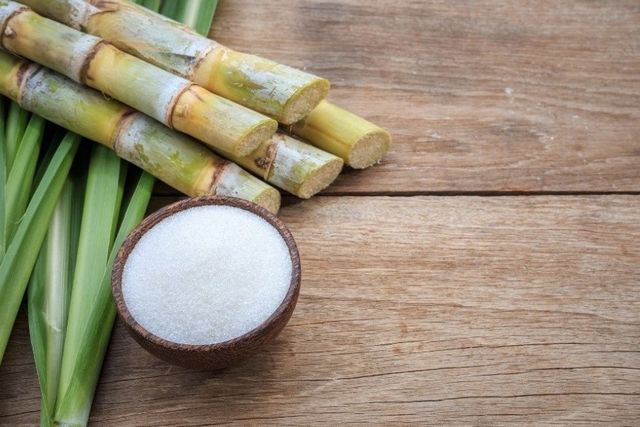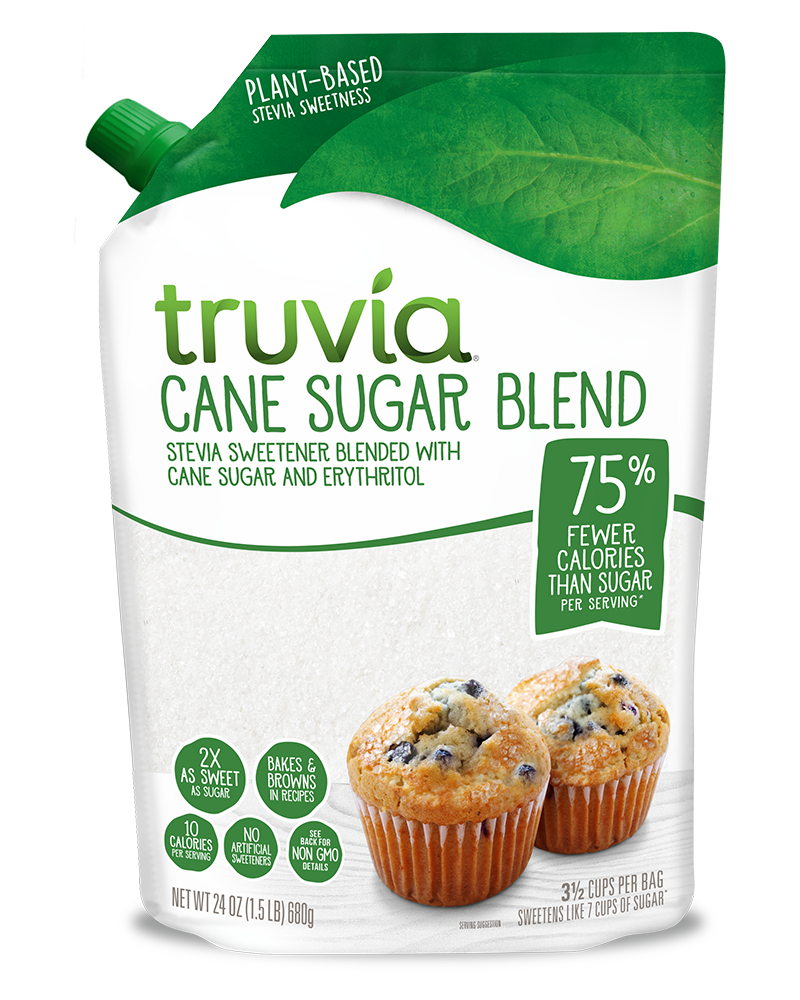The Scientific Research Behind Cane Sugar Processing: Just How Sweet Taste is Improved
The Scientific Research Behind Cane Sugar Processing: Just How Sweet Taste is Improved
Blog Article
Checking Out the Comprehensive Steps Associated With Walking Cane Sugar Processing From Harvesting to Improvement
The procedure of walking stick sugar manufacturing includes a collection of complex steps, beginning with the mindful harvesting of sugarcane and culminating in the improvement phases that make sure the end product meets market standards. Each stage, from the extraction of juice to the filtration and condensation procedures, plays a crucial duty in figuring out the quality and personality of the sugar. Recognizing these stages not just highlights the complexity of sugar manufacturing but likewise raises important questions concerning efficiency, sustainability, and technology in the market. What implications do these aspects have for future techniques?
Gathering Sugarcane
Gathering sugarcane is a crucial step in the walking stick sugar processing chain, as it directly influences the quality and return of the last item. Correct timing and strategies are essential throughout this phase to guarantee optimum sugar content and minimize losses. Generally, sugarcane is gathered when it reaches maturation, typically 12 to 18 months after planting, identified by a high sucrose focus.

Post-harvest, the sugarcane has to be processed quickly to avoid sucrose destruction. Preferably, gathered walking cane should be transferred to processing centers within 24 hr to protect sugar quality. Therefore, efficient logistical planning is vital to maintain the integrity of the harvested plant throughout the supply chain.
Removal Process
:strip_icc()/How-to-Plant-and-Grow-Sugar-Cane-965303384-2fdac181359d44c185dfa7988fc181a8.jpg)
The crushed walking cane goes through a series of pushing procedures to make best use of juice recuperation. Usually, warm water is sprayed onto the crushed walking cane, developing a countercurrent circulation that assists dissolve the sugar while likewise aiding in the removal procedure. The juice gathered from this operation consists of not only sugar but additionally numerous organic compounds and impurities.

To boost extraction effectiveness, some centers might use diffusion approaches, where the sugarcane is soaked in warm water, permitting the soluble sugars to diffuse right into the fluid. The resulting juice, abundant in sucrose, is after that routed to subsequent processing stages, laying the structure for purification and refinement. The extraction process is hence critical in identifying the top quality and yield of the final sugar product.
Filtration Strategies
The filtration strategies used in cane sugar processing are essential for changing the raw juice right into a top quality sugar product. These methods mainly aim to eliminate pollutants, such as soil, plant materials, and not natural substances, which can negatively affect the end product's taste and shade.
Among one of the most typical purification techniques is clarification. This process entails including lime and warm to the raw juice, which facilitates the coagulation of impurities. The resulting precipitate is then eliminated through sedimentation or filtration, producing a clearer juice. In addition, making use of phosphoric acid can improve the clarification procedure by additional binding contaminations.
One more significant strategy is carbonatation, where carbon dioxide is presented to the cleared up juice. This reaction creates calcium carbonate, which captures remaining pollutants and promotes their removal.
Moreover, triggered carbon treatment might be related to adsorb any kind of staying colorants and natural pollutants, ensuring an extra refined item. The combination of these techniques effectively prepares the sugar juice for subsequent actions in the refining process, setting the phase for the production of premium cane sugar.
Crystallization Approaches
After the purification stage, the following crucial action in cane sugar processing entails crystallization techniques, which play a crucial role in changing the made clear juice right into solid sugar. This process normally employs two key techniques: spontaneous crystallization and controlled formation.
In spontaneous crystallization, supersaturated sugar services are enabled to cool down normally, resulting in the formation of sugar crystals gradually. This approach is simpler however might cause uneven crystal sizes and lower purity Read Full Report degrees. On the various other hand, regulated crystallization is a much more exact strategy where seeding, Read More Here temperature, and concentration representatives are meticulously managed. This technique enables the consistent development of sugar crystals and greater pureness.
During condensation, the made clear juice is focused with dissipation, boosting its sugar web content up until it reaches supersaturation. Once this point is attained, either approach can assist in the condensation process. Cane Sugar Processing. The resultant sugar crystals are then separated from the continuing to be syrup with centrifugation
Eventually, the option of crystallization method impacts the top quality, dimension, and pureness of the final sugar product, making this action vital in the general walking stick sugar processing procedure.
Improvement and Product Packaging
Exactly how can the purity and top quality of walking stick sugar be further improved after crystallization? The refinement process plays a crucial function in achieving top notch cane sugar.
Following, the sugar goes through a process called centrifugation, where it is spun at high rates to separate the cleansed sugar crystals from the continuing to be liquid. After centrifugation, the sugar is typically further fine-tuned via a method called carbonization or phosphatation, which uses turned on carbon or phosphoric acid to remove color and off-flavors.
When improved, the sugar is dried out to accomplish the preferred dampness content, ensuring that it continues to be stable during storage space and transportation. The final step includes product packaging the polished sugar in closed and moisture-proof containers to keep its quality and stop contamination. Cane Sugar Processing. Correct packaging not only expands service life but also promotes very easy handling and circulation, ensuring that consumers get sugar that satisfies the highest possible criteria of pureness and top quality
Conclusion
The thorough actions involved in cane sugar processing, from have a peek at these guys the careful harvesting of sugarcane to the detailed refinement and packaging stages, highlight the value of each stage in making certain premium sugar production. Ideal harvesting methods, effective extraction techniques, and extensive purification procedures jointly add to the end product's purity and stability. The formation and succeeding packaging techniques even more enhance the integrity and service life of the sugar, highlighting the intricacy and accuracy intrinsic in this vital agricultural sector.
The process of walking stick sugar manufacturing includes a series of elaborate steps, starting with the cautious harvesting of sugarcane and culminating in the improvement stages that guarantee the final product satisfies sector standards. Ideally, gathered walking stick ought to be transported to refining facilities within 24 hours to maintain sugar top quality.In spontaneous condensation, supersaturated sugar services are allowed to cool naturally, leading to the formation of sugar crystals over time - Cane Sugar Processing. The improvement process plays a vital duty in accomplishing top quality walking cane sugar.The detailed steps entailed in walking cane sugar processing, from the careful harvesting of sugarcane to the elaborate improvement and packaging stages, emphasize the relevance of each stage in making certain high-quality sugar manufacturing
Report this page